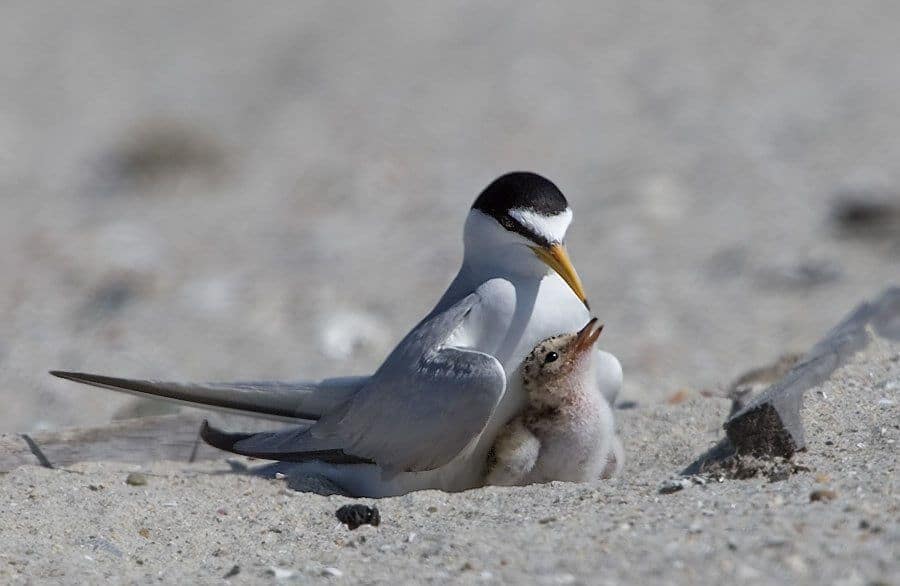

Spring Birding in San Diego County
In Mediterranean climates such as Southern California’s, “spring” comes in winter as far as native plants are concerned. The cool, wet winter—especially this extraordinarily wet winter—prompts many native plants to green up and bloom. But from a bird’s perspective, spring and breeding season begin more traditionally in March. Males sing loudly, often from exposed perches, to defend territories and attract mates. By April courtship and breeding activities abound with males vying for attention, females working on nests and parents feeding noisy, begging youngsters. Spring in the coastal lowlands wraps up in June with the passage of the last straggling migrants moving through to the boreal forests. In the mountains, though, spring—blooming wildflowers, new growth, nesting birds—can continue to August.
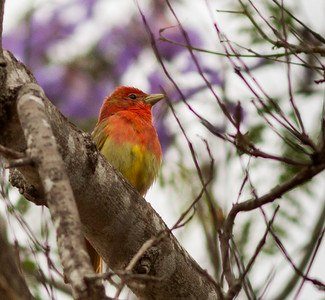

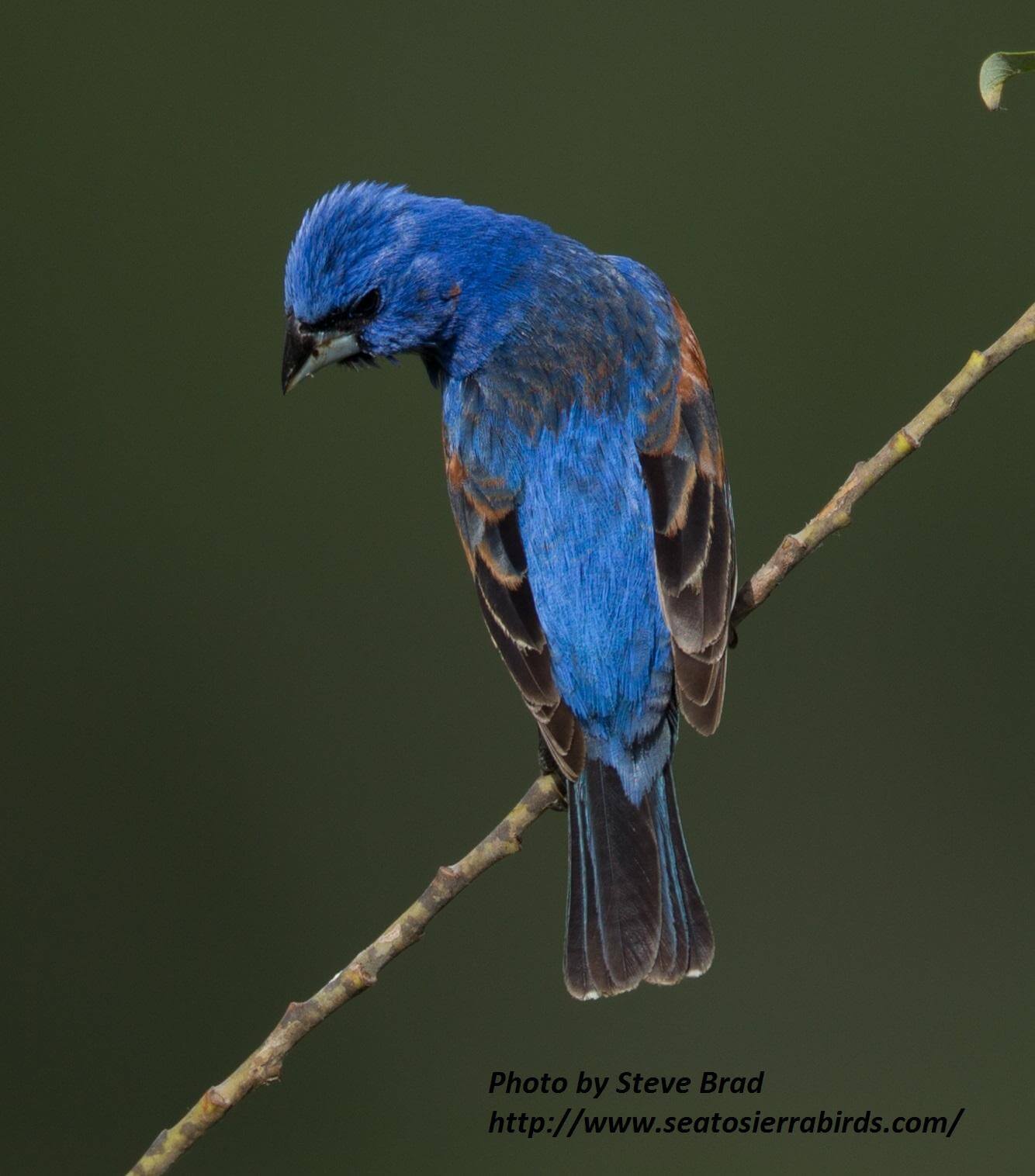

Spring brings migration as well. Wintering ducks and shorebirds begin leaving for northern climes. Migrating thrushes and sparrows check out the sage scrub, chaparral and grasslands. Movement picks up steam by late March with warblers, vireos, grosbeaks, and orioles stopping by riparian and oak woodlands to rest and refuel—and some, to set up housekeeping. April and May often bring large flocks of swallows and swifts swirling overhead, especially on cloudy days. By late May, passerine migration slows down and most birds have settled into the serious business of raising this year’s families.
Since spring is a season of movement, one can never know what might show up. You can join San Diego Region Birding (operated by the San Diego Field Ornithologists) to stay abreast of the latest sightings. For instance, in late February, this group reported a Yellow-bellied Sapsucker and a Mountain Chickadee at Oceanside’s Guajome Regional Park. San Dieguito Park in Solana Beach hosted a Black-and-White Warbler about that time, as well. A surprise from a usually pelagic bird—a Red Phalarope—made an inland appearance on a pond on the Dust Devil Trail in Del Mar in February. Good birding!
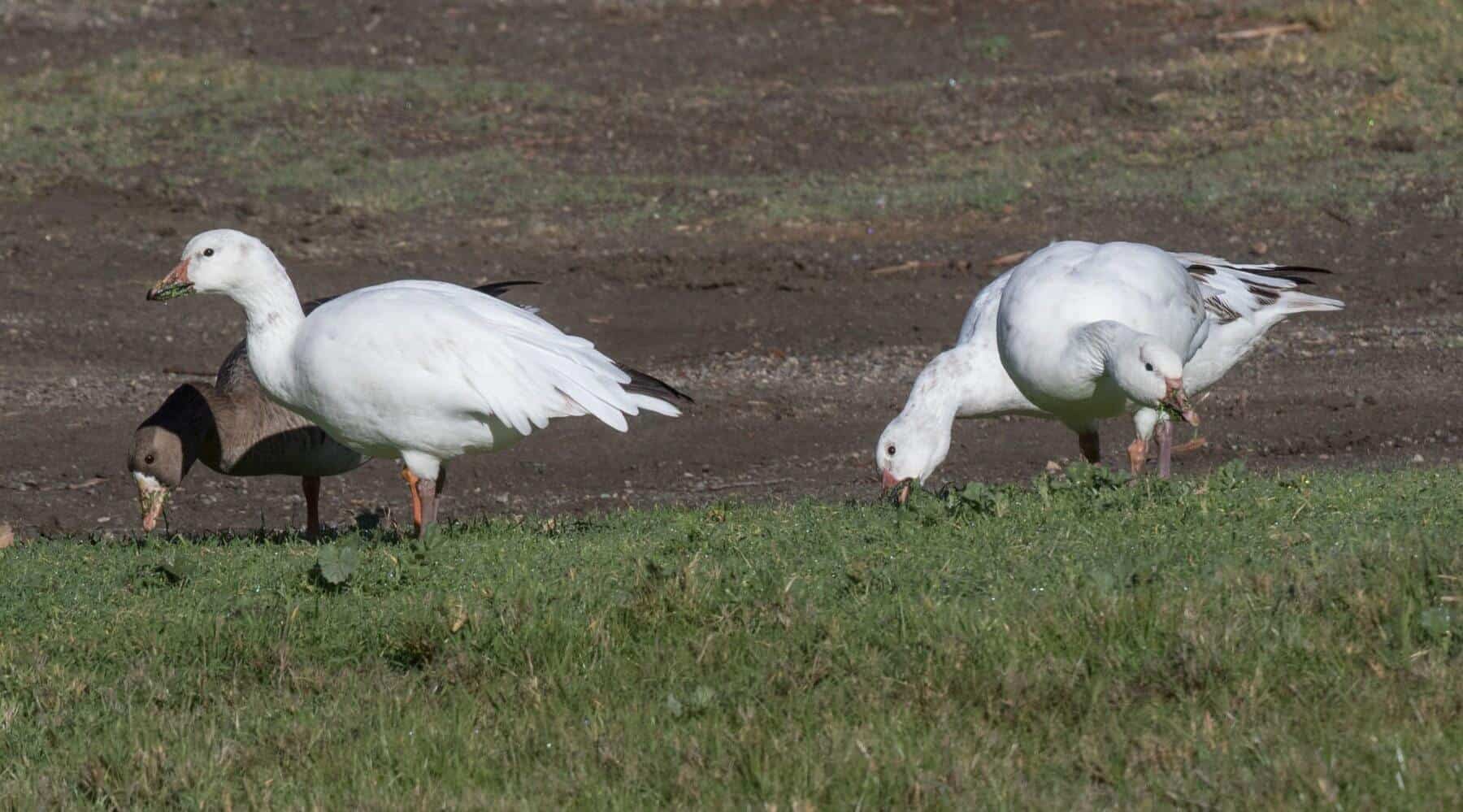

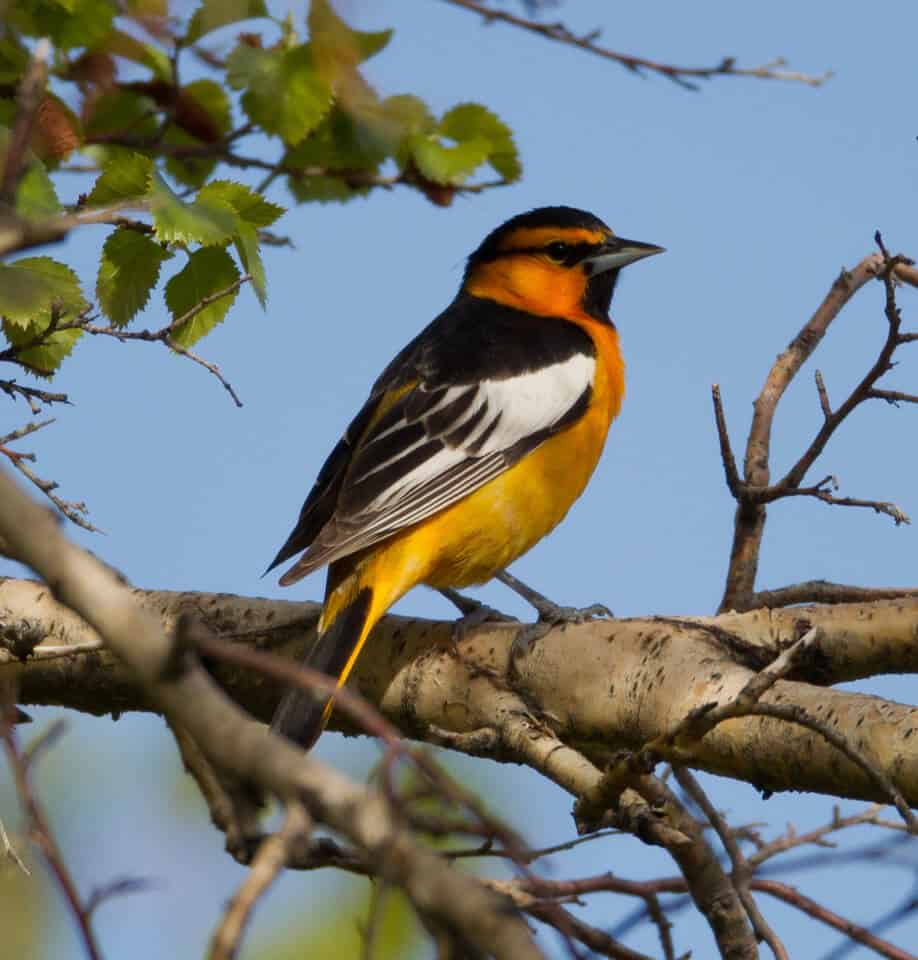

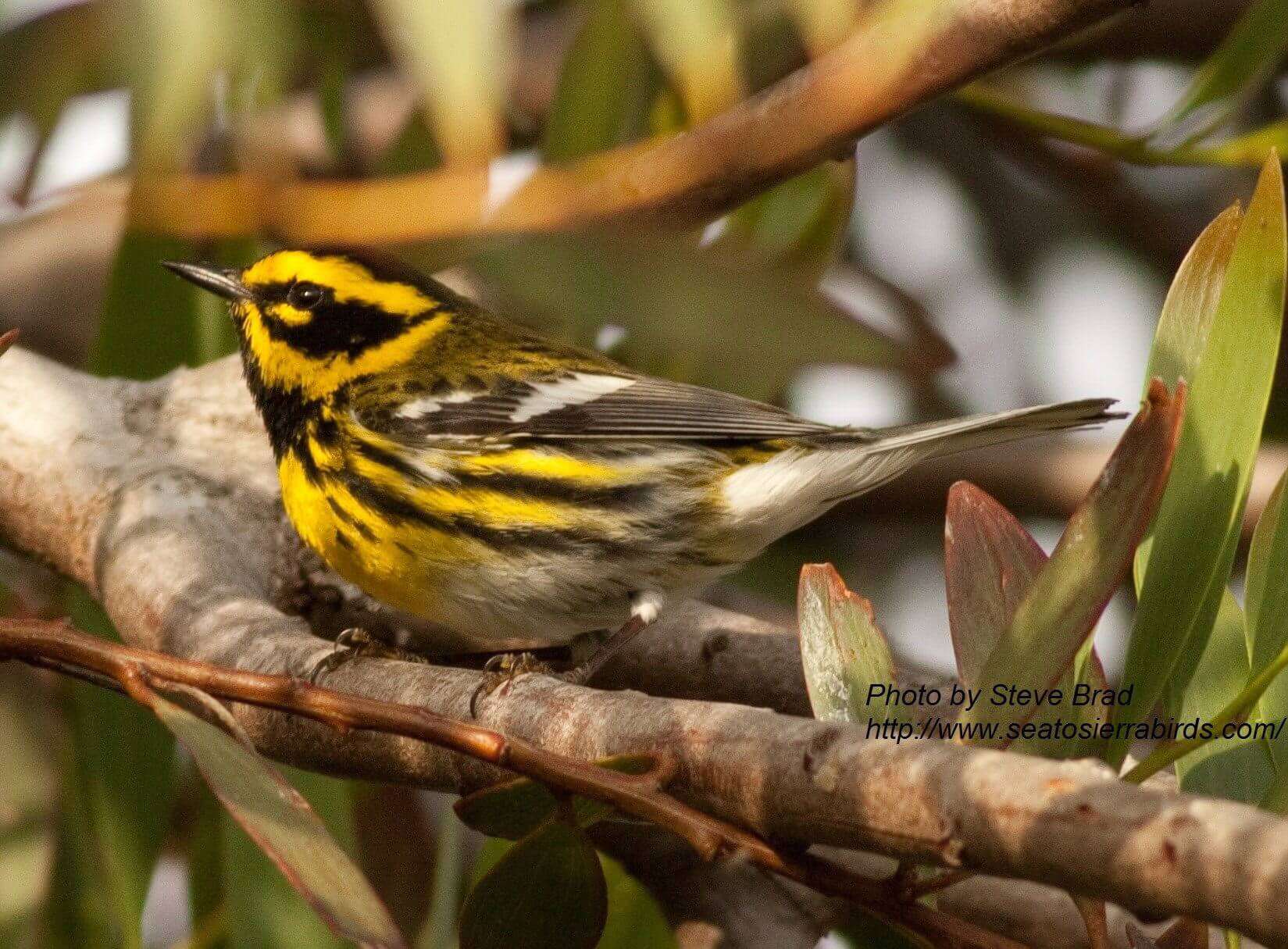

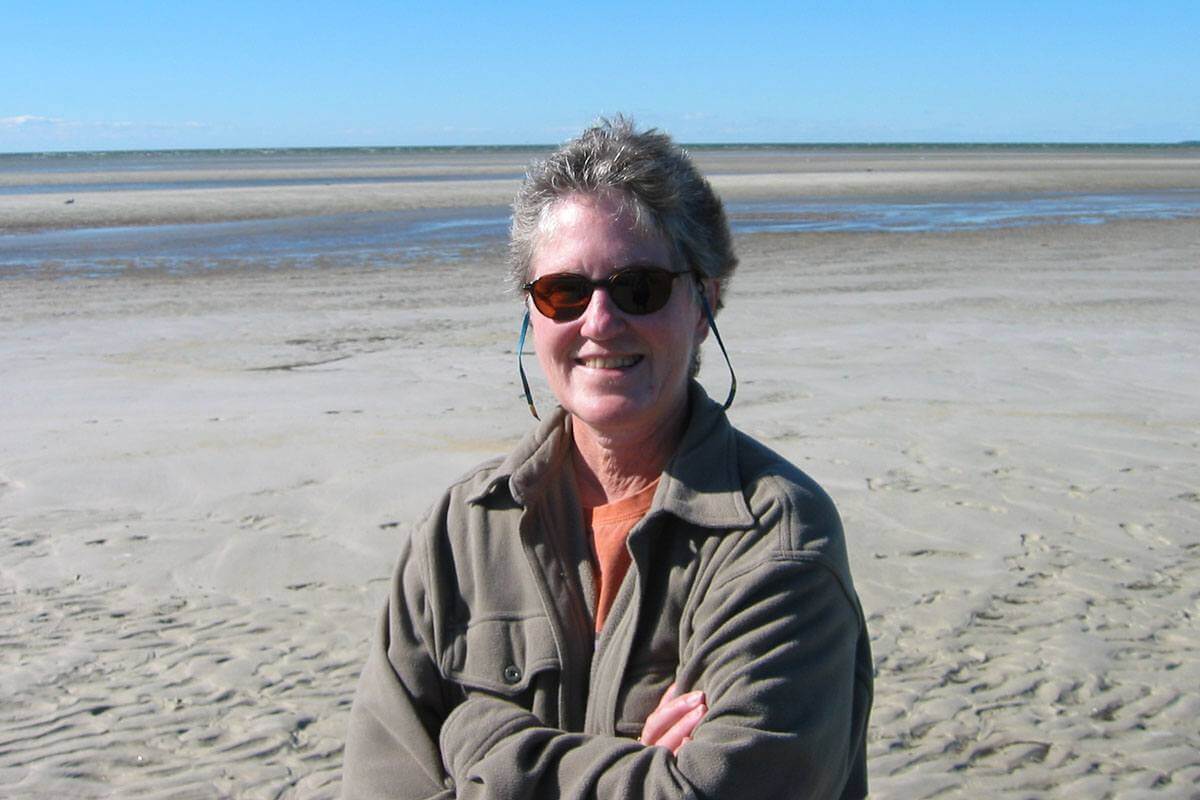

About the Author
After birding for a quarter-century in Colorado, Tina and her family recently moved to Oceanside, where she’ll probably spend the next quarter-century trying to remember that the mountains now lie to the east. Tina is a guest blog contributor that will be sharing her insights and discoveries as she explores Southern California with her binoculars, scope, and field guide.
To learn more about regional birding opportunities, contact the Buena Vista Audubon Society and Nature Center.

















